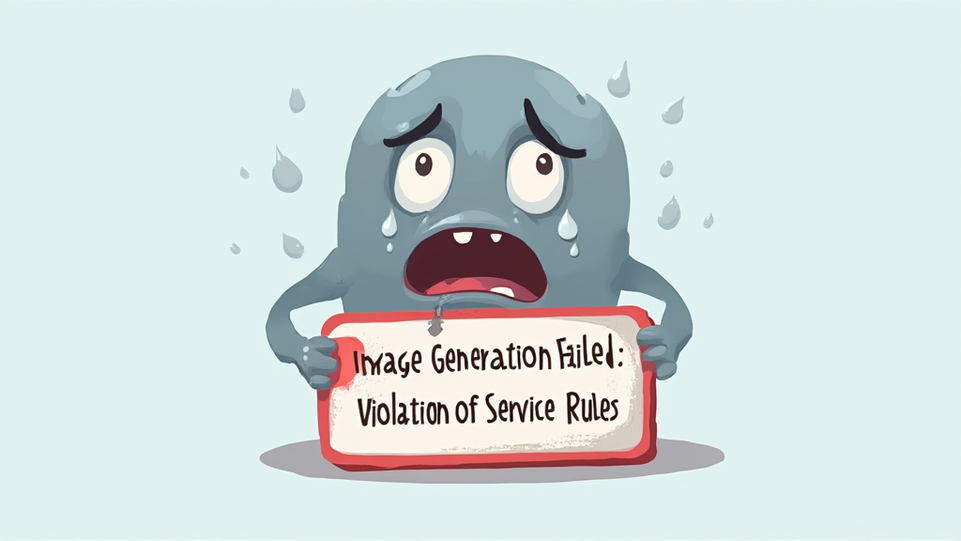Introduction to Inflation and Its Impact on Savings
Understanding Inflation: Causes and Effects
Inflation refers to the general increase in prices over time, which erodes purchasing power . As prices rise, individuals find that their savings buy less than before. This phenomenon can significantly impact financial planning. He must consider how inflation affects his long-term goals. It is crucial to understand these dynamics. Savings may not keep pace with inflation. This can lead to a decrease in real wealth.
The Historical Context of Inflation and Savings
Historical inflation trends reveal significant impacts on savings. For instance, during the 1970s, inflation rates soared, diminishing real savings. He should analyze past data for better decisions. Key periods include:
Understanding these trends is essential. Historical context informs future strategies.
The Role of Cryptocurrency in an Inflationary Environment
How Cryptocurrencies Can Hedge Against Inflation
Cryptocurrencies offer a decentralized alternative to traditional currencies. This characteristic can protect against inflationary pressures. He can diversify his assets with digital currencies. Many cryptocurrencies have limited supply, unlike fiat money. This scarcity can enhance their value over time. Investors often seek refuge in these assets. They may provide a hedge against currency devaluation.
Comparing Cryptocurrencies to Traditional Assets
Cryptocurrencies differ significantly from traditional assets. They provide unique advantages in volatile markets. He can benefit from their high liquidity. Unlike stocks, cryptocurrencies run ⁄7 This constant trading can enhance opportunities. Additionally, they are less influenced by central banks. This independence can be appealing to investors.
Diversifying Your Investment Portfolio
The Importance of Asset Diversification
Asset diversification mitigates investment risk effectively. By spreading investments across various asset classes, he can reduce volatility. This strategy enhances potential returns over time. Key asset classes include:
Each class behaves differently under market conditions. This can stabilize overall portfolio performance. Diversification is a fundamental principle of investing.
Incorporating Cryptocurrencies into Your Portfolio
Incorporating cryptocurrencies can enhance portfolio diversification. They often exhibit low correlation with traditional assets. This characteristic can reduce overall risk exposure. He should consider allocating a small percentage. A typical range is 5% to 10%. This allocation can provide growth potential. Cryptocurrencies are highly volatile, though. Caution is essential when investing.
Stablecoijs: A Safe Haven in Volatile Markets
What Are Stablecoins and How Do They Work?
Stablecoins are digital currencies pegged to stable assets. They aim to minimize price volatility common in cryptocurrencies. Typically, they are backed by fiat currencies or commodities. This backing provides a reliable value reference. He can use stablecoins for transactions and savings. They offer liquidity and ease of use. Many investors view them as a safe haven. This can be crucial during market downturns.
Benefits and Risks of Using Stablecoins
Stablecoins provide several benefits in volatile markets. They offer price stability, which is crucial for transactions. He can easily convert them to fiat currency. This liquidity enhances their usability. However, risks exist, such as regulatory scrutiny. He should remain aware of potential vulnerabilities. Understanding these factors is essential for informed decisions.
Investing in Precious Metals as a Hedge
The Historical Value of Gold and Silver
Gold and silver have historically served as safe-haven assets. They retain intrinsic value during economic uncertainty. He can use them to hedge against inflation. Precious metals often appreciate when currencies decline. This characteristic makes them attractive to investors. Their physical nature provides security and stability. Many view them as a reliable store of value.
Combining Precious Metals with Cryptocurrency Investments
Combining precious metals with cryptocurrencies can enhance portfolio stability. This strategy leverages the strengths of both asset classes. He can mitigate risks associated with market volatility. Precious metals provide a tangible asset base. Cryptocurrencies offer high growth potential. This diversification can lead to balanced returns. Investors should consider their risk tolerance.
Real Estate: A Tangible Asset for Inflation Protection
Why Real Estate is Considered a Hedge Against Inflation
Real estate is often viewed as a hedge against inflation. Property values typically increase over time, reflecting rising costs. This appreciation can protect purchasing power. Additionally, rental income often rises with inflation. He can benefit from consistent cash flow. Real estate provides a tangible asset base. This can enhance overall portfolio stability.
Integrating Real Estate with Cryptocurrency Investments
Integrating real estate with cryptocurrency investments can enhance portfolio diversity. This combination leverages the stability of real estate and the growth potential of cryptocurrencies. He can achieve a balanced risk profile. Real estate provides consistent cash flow through rentals. Cryptocurrencies can offer high returns during market upswings. This strategy can protect against inflationary pressures.
Building an Emergency Fund in a High-Inflation Economy
Why an Emergency Fund is Essential
An emergency fund is crucial for financial security. It provides a safety net during unexpected events. He should aim for three to six months’ expenses. This buffer can prevent debt accumulation. In a high-inflation economy, costs can rise quickly. Having liquid savings is essential for stability. It allows for quick access to funds.
Best Practices for Maintaining an Emergency Fund
To maintain an emergency fund, he should prioritize regular contributions. Automating transfers to a high-yield savings account is effective. This ensures consistent growth of his fund. He must regularly reassess his financial needs. Inflation can erode purchasing power over time. Adjusting contributions accordingly is essential. This practice enhances financial resilience.
Conclusion: Taking Action to Protect Your Savings
Creating a Personalized Strategy for Inflation
Creating a personalized strategy for inflation requires careful planning. He should assess his current financial situation first. Identifying goals and risk tolerance is essential. Diversifying investments across asset classes can mitigate risks. This includes stocks, bonds, and real estate. Regularly reviewing and adjusting the strategy is crucial. Staying informed about economic trends is beneficial.
Staying Informed and Adapting to Market Changes
Staying informed about market changes is vital for financial success. He should regularly review economic indicators and trends. This knowledge allows for timely adjustments to his strategy. Utilizing financial news sources can enhance awareness. Engaging with financial advisors is also beneficial. They provide expert insights and recommendations. Adapting to changes can protect his investments.
